Home>Furniture & Design>Living Room Furniture>How To Stage A Dining Table
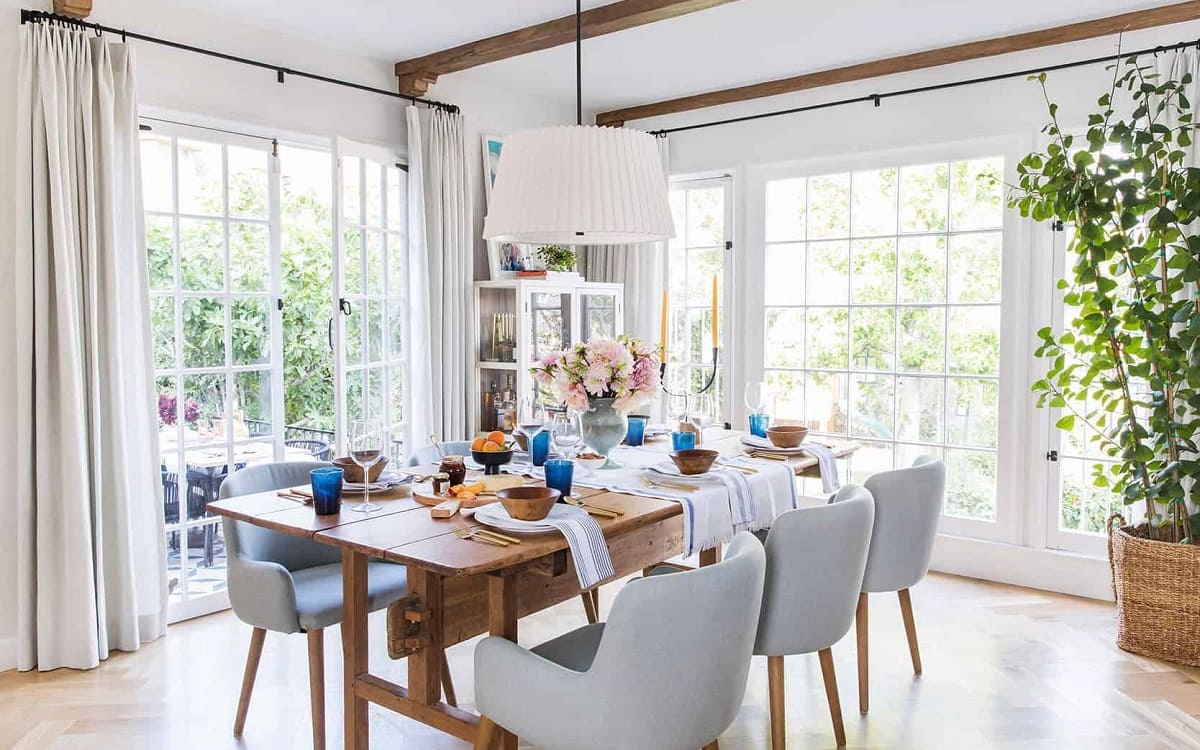

Living Room Furniture
How To Stage A Dining Table
Modified: October 28, 2024
Learn how to stage a beautiful dining table with our expert tips and ideas. Create a stunning focal point in your dining area with our living room furniture and design inspiration. Discover the perfect balance of style and functionality.
(Many of the links in this article redirect to a specific reviewed product. Your purchase of these products through affiliate links helps to generate commission for Storables.com, at no extra cost. Learn more)
Introduction
Welcome to the heart of the home, the dining room! It's where friends and family gather to share meals, stories, and laughter. The dining table is the focal point of this space, and how it is staged can set the tone for the entire dining experience. Whether you're hosting a formal dinner party or enjoying a cozy family meal, staging the dining table can elevate the ambiance and make your guests feel truly special.
Staging a dining table is an art form that combines practicality with aesthetics. It involves choosing the right table, selecting the perfect tablecloth, arranging the dinnerware, creating a captivating centerpiece, and adding the finishing touches that tie everything together. Each element plays a crucial role in creating a welcoming and visually appealing dining setting.
In this guide, we will explore the essential steps to stage a dining table with finesse and style. From selecting the ideal tablecloth to arranging the perfect centerpiece, we'll delve into the nuances of creating a dining table setup that delights the senses and enhances the dining experience. So, let's embark on this journey of transforming your dining table into a captivating focal point that beckons guests to gather, dine, and make cherished memories.
Key Takeaways:
- Choose a dining table that fits your space and style, considering size, seating capacity, and design to set the stage for a welcoming and visually appealing dining experience.
- Elevate your dining table with a well-chosen tablecloth, thoughtful dinnerware placement, captivating centerpiece, and finishing touches to create a memorable and visually stunning dining experience.
Read more: How To Stage Dining Room Table
Choosing the Right Table
The foundation of a well-staged dining table is, of course, the table itself. When selecting a dining table, consider the size of your dining room or area, the number of people you typically host, and the overall style you want to convey.
First, assess the available space. If you have a spacious dining area, a large rectangular or oval table can make a grand statement and accommodate larger gatherings. For more compact spaces, a round or square table can create an intimate setting while maximizing the available area. Consider the dimensions of the table in relation to the room to ensure a harmonious balance.
Next, think about the seating capacity. If you frequently entertain a large group, an extendable table can be a versatile choice, allowing you to adjust the size based on your needs. For more intimate gatherings, a smaller, more intimate table may be preferable.
Furthermore, the style of the table should complement the overall aesthetic of the dining room. Whether you prefer a rustic farmhouse look, a sleek modern design, or a classic traditional feel, there are myriad options to suit your taste. Pay attention to the material and finish of the table, as these details can significantly impact the ambiance of the space.
Ultimately, the right dining table is the cornerstone of a well-staged dining setting. It sets the stage for the entire experience, providing both functionality and style. By carefully considering the size, seating capacity, and design that aligns with your vision, you can lay the groundwork for a beautifully staged dining table that beckons guests to gather and indulge in delightful meals and conversations.
Selecting the Perfect Tablecloth
A well-chosen tablecloth can elevate the visual appeal of your dining table while adding a touch of elegance and charm. When selecting a tablecloth, consider the overall theme of your dining setting, the occasion, and the desired atmosphere.
First, assess the style and color scheme of your dining room. If your space exudes a contemporary vibe, a crisp, white tablecloth can impart a sense of modern sophistication. For a more traditional ambiance, consider a richly hued or patterned tablecloth that complements the existing decor. Additionally, for seasonal or festive occasions, a themed or embellished tablecloth can infuse the setting with celebratory spirit.
Furthermore, take into account the shape and size of your dining table. Ensure that the tablecloth drapes gracefully over the edges, with enough overhang to create an elegant and polished look. If you have a round table, a circular tablecloth can accentuate its shape, while a rectangular tablecloth suits long, rectangular tables.
Consider the fabric of the tablecloth as well. Linen and cotton tablecloths are versatile and lend a casual yet refined feel to the table, while silk or satin tablecloths add a luxurious touch, perfect for formal gatherings. The texture and weight of the fabric can also contribute to the overall aesthetic, so choose a fabric that aligns with the desired ambiance.
Once you’ve considered these factors, it’s time to explore patterns and embellishments. A subtle, monochromatic tablecloth can provide a backdrop for vibrant tableware and centerpieces, while a patterned or embroidered tablecloth can make a statement on its own. Be mindful of how the tablecloth interacts with the dinnerware and centerpiece, ensuring a harmonious composition.
In essence, the perfect tablecloth serves as the canvas for your dining table masterpiece. By harmonizing with the room’s style, complementing the table’s shape, and reflecting the desired ambiance, a well-selected tablecloth can transform the dining table into a captivating focal point that sets the stage for memorable gatherings and delightful meals.
Use a table runner to add color and texture, and place a centerpiece like a vase of flowers or a bowl of fruit. Add place settings with matching dishes, glassware, and silverware for a cohesive look.
Placing the Dinnerware
The arrangement of dinnerware on a dining table is an art that combines practicality with aesthetic appeal. Proper placement of plates, cutlery, and glassware not only ensures a functional dining experience but also contributes to the overall visual harmony of the table setting.
Begin by layering the table with the foundational elements. Start with a placemat or charger at each place setting, providing a structured base for the dinnerware. This not only adds visual interest but also helps protect the table surface. Next, place the dinner plate at the center of each setting, followed by a salad or appetizer plate if needed.
When it comes to cutlery, the general rule is to work from the outside in, with the utensils for the first course placed farthest from the plate. For a formal setting, consider including a soup spoon, salad fork, and dessert utensils as needed. The flatware should be aligned neatly, with the handles pointing towards the edge of the table for a polished look.
Position the glassware above the plates, to the right. A water glass is typically placed directly above the knives, while wine or beverage glasses are arranged to the right, slightly above and to the front of the water glass. If serving multiple types of wine, arrange the glasses in the order they will be used, from right to left.
Consider the overall symmetry and spacing of the dinnerware. Ensure that each place setting is equidistant from the next, creating a balanced and visually pleasing arrangement. Additionally, leave ample space between each setting to provide a sense of openness and comfort for your guests.
Lastly, consider the cohesive integration of the dinnerware with the tablecloth and centerpiece. The colors, shapes, and textures of the dinnerware should harmonize with the overall aesthetic, creating a unified and inviting table setting.
By thoughtfully placing the dinnerware, you can create a dining table that not only functions seamlessly but also captivates with its visual allure. The well-orchestrated arrangement of plates, cutlery, and glassware sets the stage for an unforgettable dining experience, where every detail contributes to the overall ambiance and enjoyment of the meal.
Arranging the Centerpiece
The centerpiece holds the power to transform a dining table into a captivating focal point, infusing the space with charm, personality, and visual allure. When arranging a centerpiece, consider the theme of the occasion, the style of the dining room, and the desired atmosphere.
Begin by selecting a focal point for the centerpiece. This could be a floral arrangement, a collection of candles, a decorative bowl filled with seasonal fruits, or a thematic centerpiece that reflects the nature of the gathering. The chosen centerpiece should harmonize with the overall style and color scheme of the dining setting, adding a touch of elegance and charm.
Consider the scale and proportion of the centerpiece in relation to the table. For a larger table, a substantial centerpiece can make a bold statement, while a smaller table may benefit from a more understated arrangement that allows for easy conversation across the table. The height of the centerpiece should also be considered, ensuring that it doesn’t obstruct the view or impede interactions among guests.
If using floral arrangements, select blooms that complement the season and the ambiance you wish to create. Fresh flowers can infuse the table with natural beauty and a delightful fragrance, while artificial flowers provide lasting appeal. Incorporate greenery and foliage to add texture and depth to the arrangement, creating a lush and inviting centerpiece.
For themed or seasonal gatherings, consider incorporating elements that reflect the occasion. For example, a harvest-themed centerpiece with pumpkins and gourds can evoke a cozy autumnal ambiance, while a nautical-themed centerpiece with seashells and driftwood can bring a touch of coastal charm to the table.
Once the centerpiece is in place, step back and assess the overall composition. Ensure that it doesn’t overwhelm the table or compete with the dinnerware, but rather complements and enhances the dining setting. The centerpiece should serve as a unifying element, tying together the various components of the table into a cohesive and visually appealing ensemble.
In essence, arranging the centerpiece is an opportunity to infuse the dining table with personality and style. By carefully selecting and positioning a centerpiece that aligns with the occasion and the aesthetic of the dining room, you can create a captivating focal point that elevates the entire dining experience, leaving a lasting impression on your guests.
Adding the Finishing Touches
As you approach the final stages of staging your dining table, it’s time to add the finishing touches that will elevate the ambiance and create a truly captivating setting. These subtle yet impactful details can enhance the overall aesthetic and ensure that every aspect of the table exudes thoughtfulness and charm.
Begin by considering the lighting. The right lighting can set the mood and highlight the beauty of the table setting. If your dining area allows, consider incorporating a statement chandelier or pendant light that complements the style of the room. For a more intimate ambiance, dimmable lights or candles can create a warm and inviting glow, enhancing the dining experience.
Next, pay attention to the seating. The chairs surrounding the table should not only be comfortable but also complement the overall style and color scheme of the dining room. Consider adding cushions or decorative chair covers to enhance comfort and visual appeal, tying the seating seamlessly into the table setting.
Consider the addition of decorative accents that reflect the theme or season. This could include seasonal foliage, themed place cards, or small decorative elements that add a touch of whimsy or sophistication to the table. These accents can serve as conversation starters and further enhance the thematic or celebratory nature of the gathering.
Additionally, consider the inclusion of functional elements that add convenience and refinement to the table setting. This could involve providing a bread basket, a water carafe, or a selection of condiments and seasonings within easy reach of the guests. These thoughtful additions ensure that the dining experience is both seamless and indulgent for everyone at the table.
Finally, take a moment to review the overall composition of the table. Ensure that each element, from the tablecloth to the centerpiece, dinnerware, and finishing touches, cohesively contributes to the desired ambiance. The finishing touches should tie everything together, creating a harmonious and inviting dining tableau that beckons guests to gather and indulge in delightful meals and conversations.
In essence, the finishing touches are the final brushstrokes that complete the masterpiece of your dining table. By attending to the lighting, seating, decorative accents, and functional elements, you can ensure that every detail reflects your thoughtfulness and attention to creating a memorable and visually stunning dining experience for your guests.
Frequently Asked Questions about How To Stage A Dining Table
Was this page helpful?
At Storables.com, we guarantee accurate and reliable information. Our content, validated by Expert Board Contributors, is crafted following stringent Editorial Policies. We're committed to providing you with well-researched, expert-backed insights for all your informational needs.
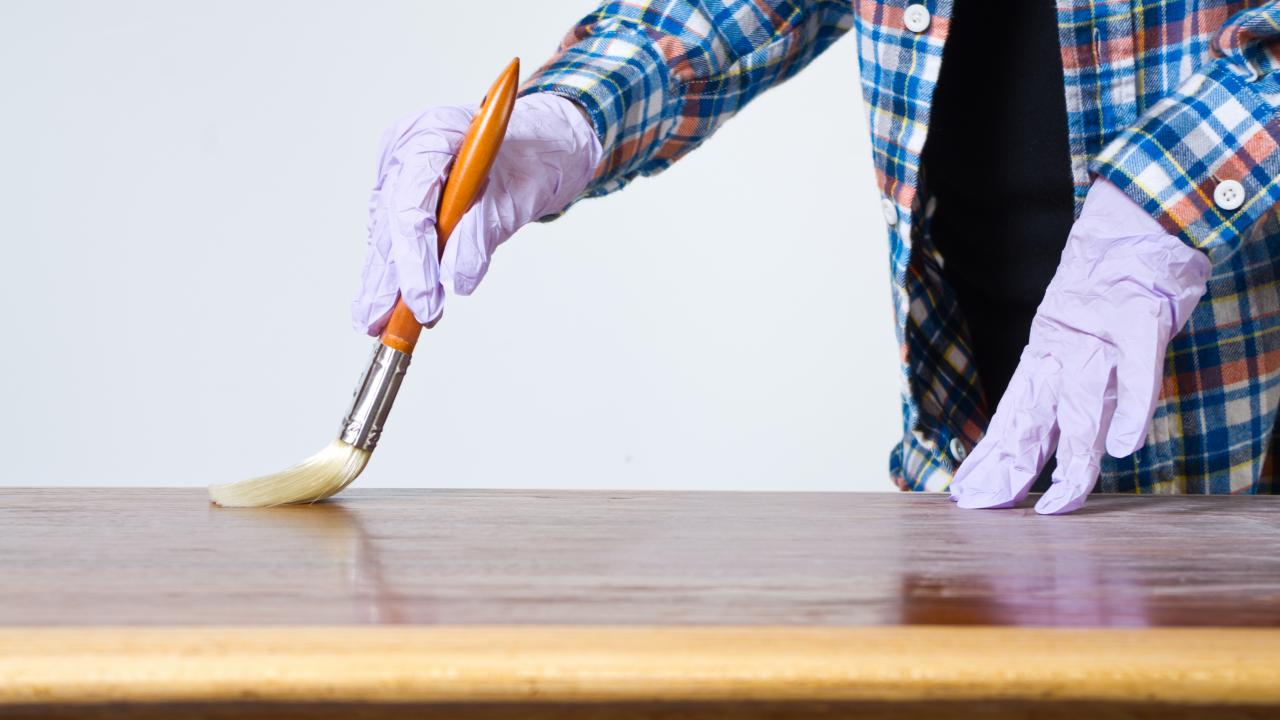
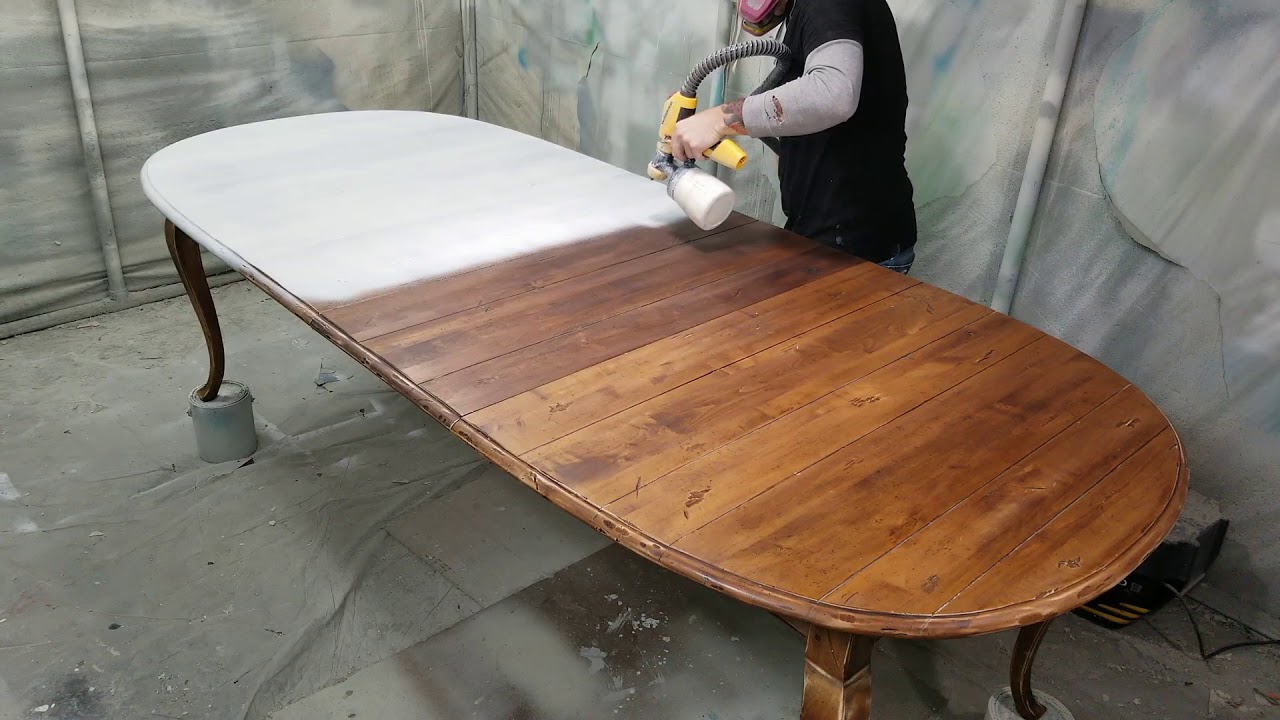
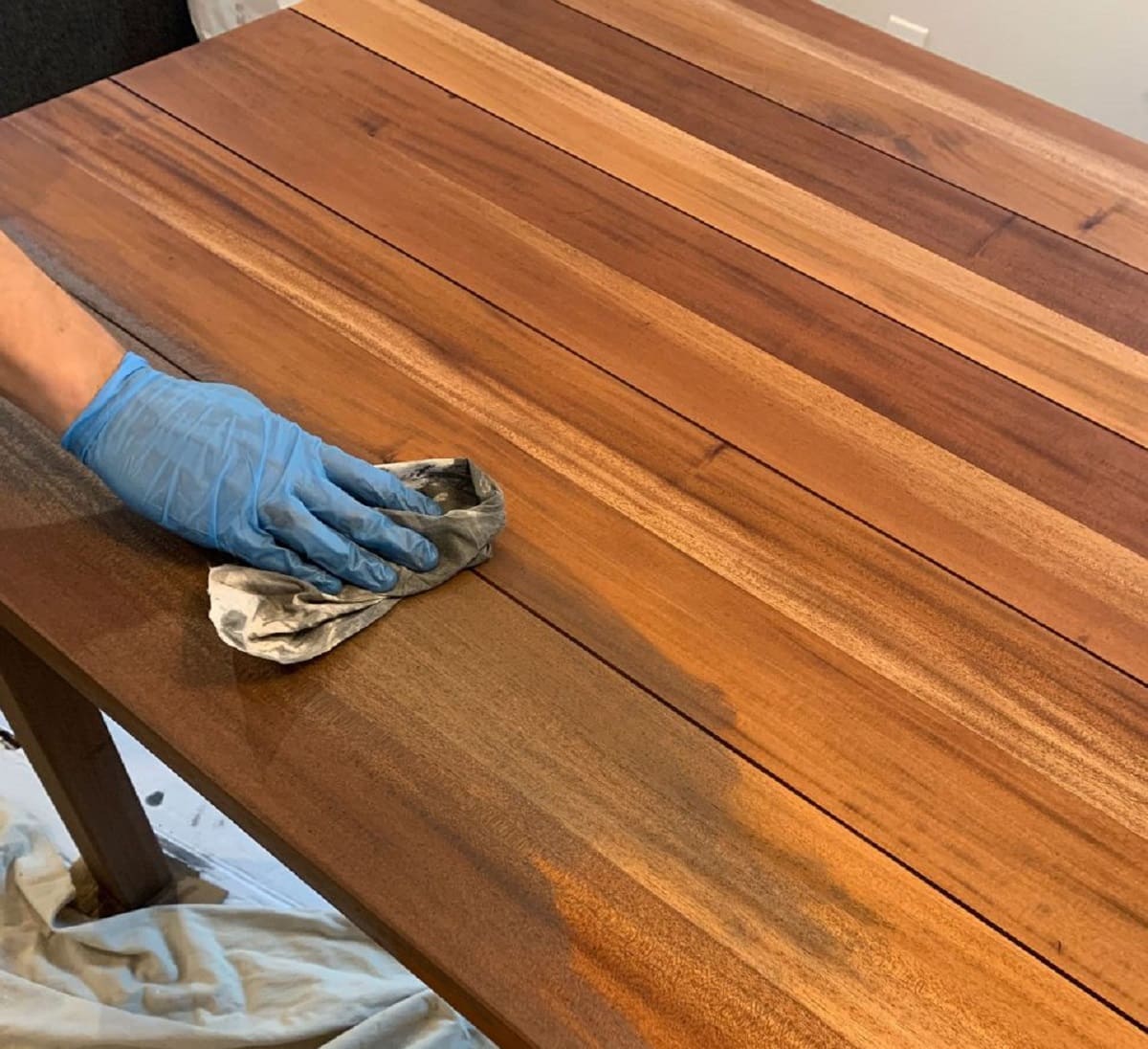

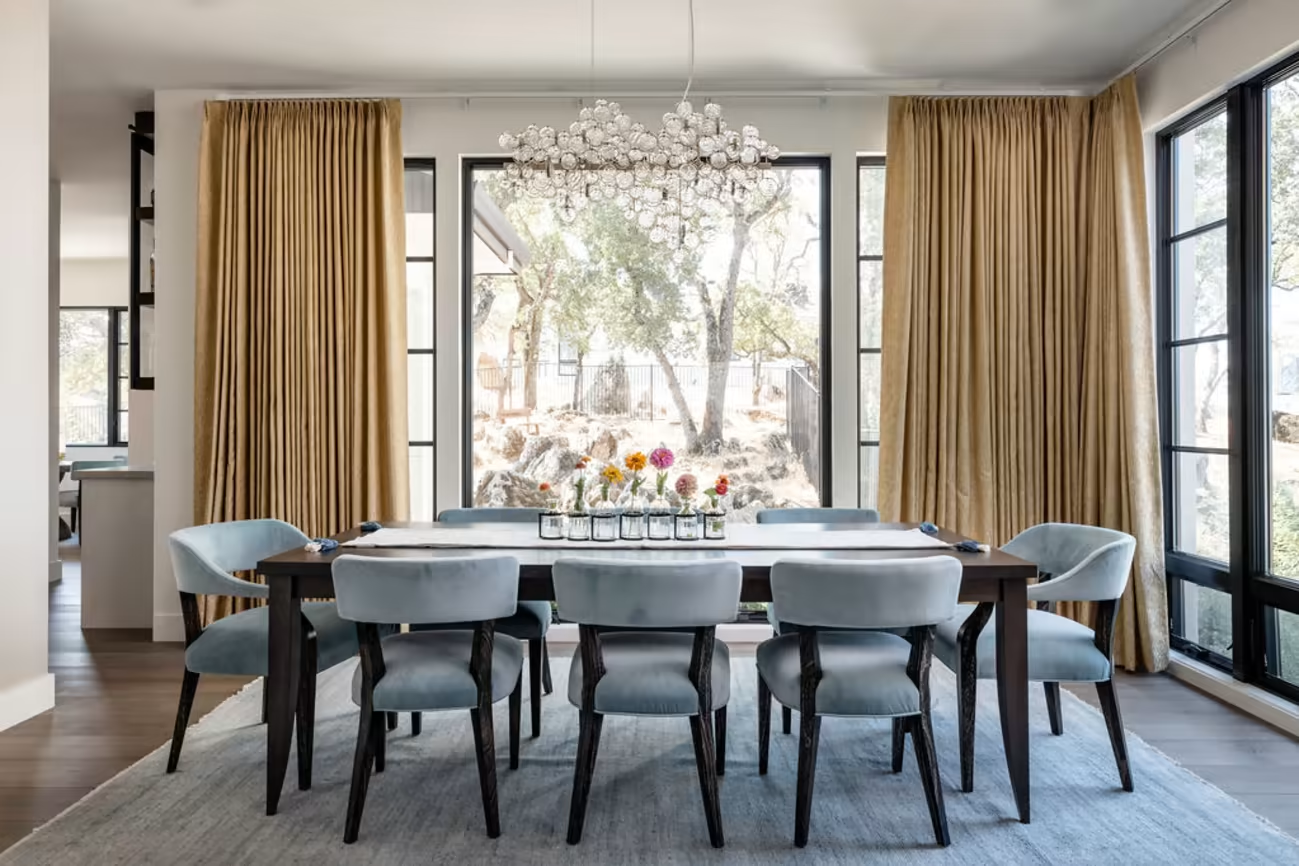
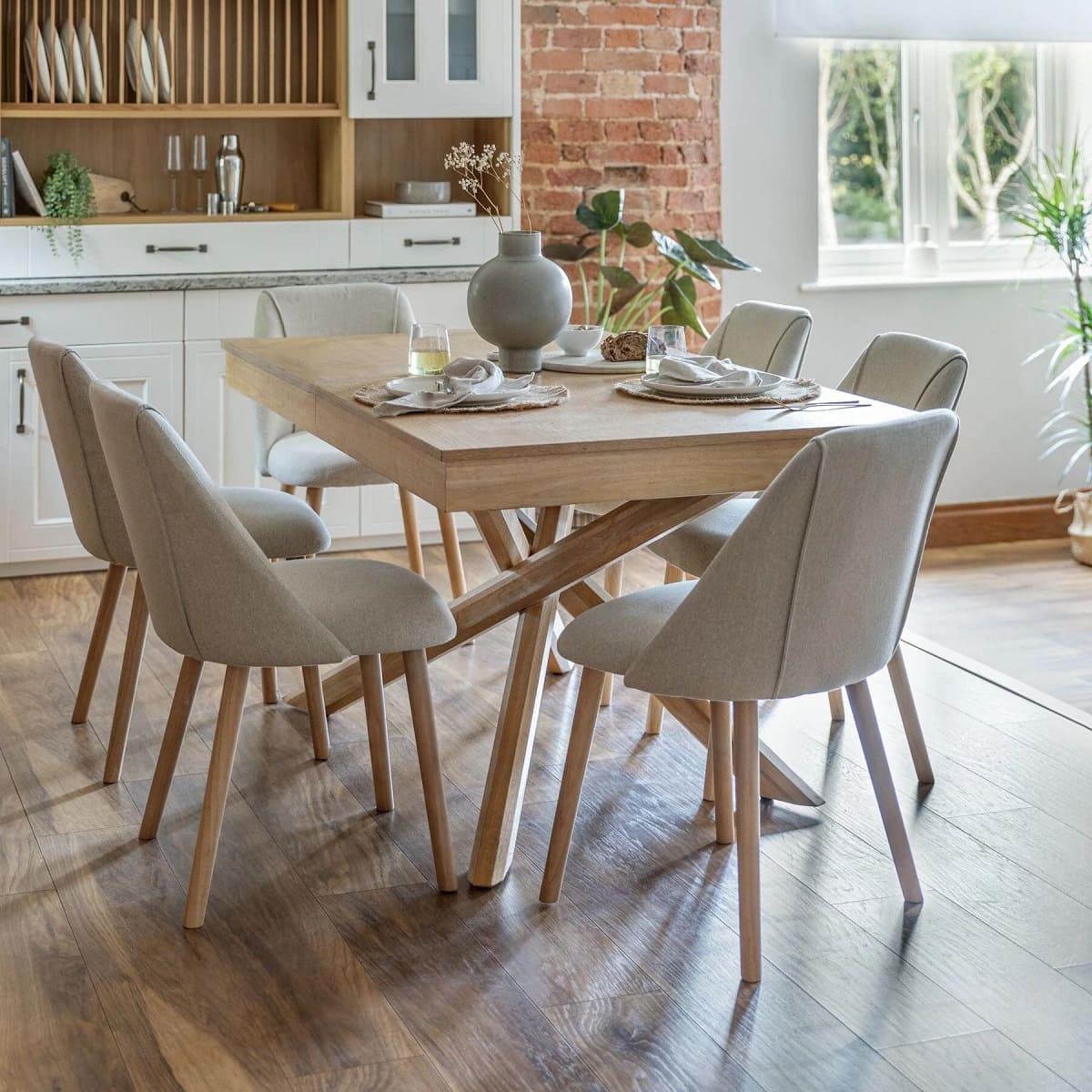
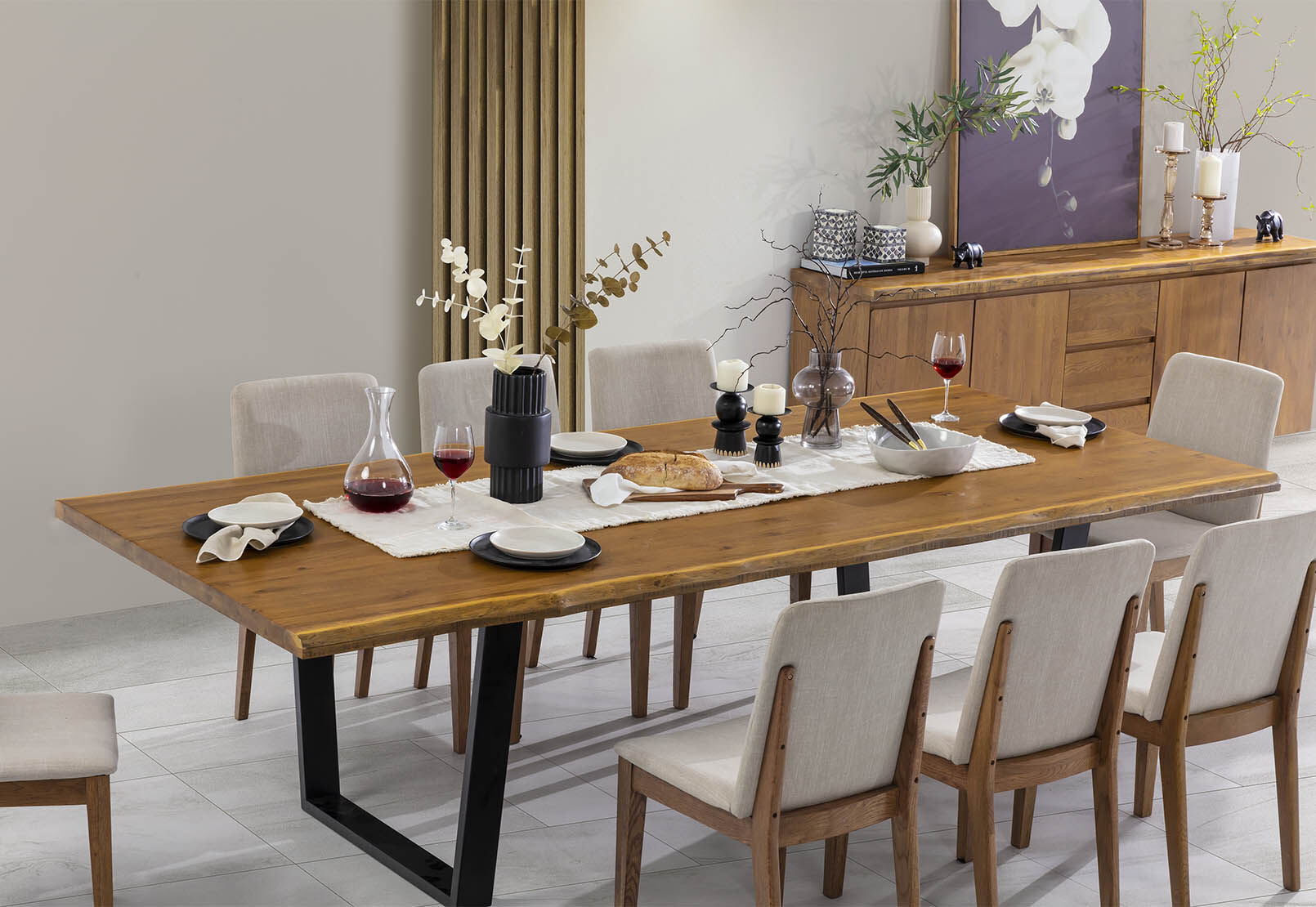
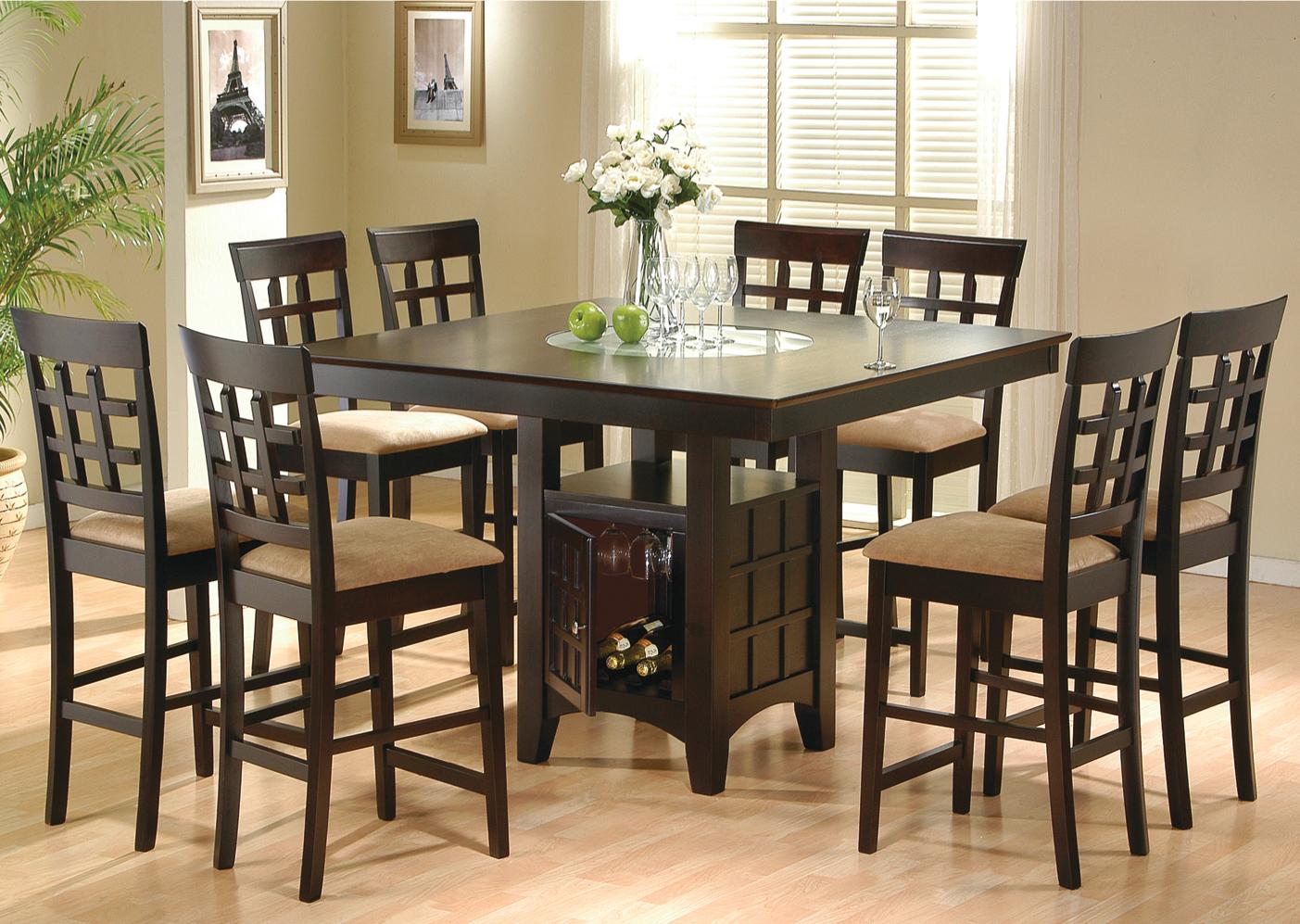
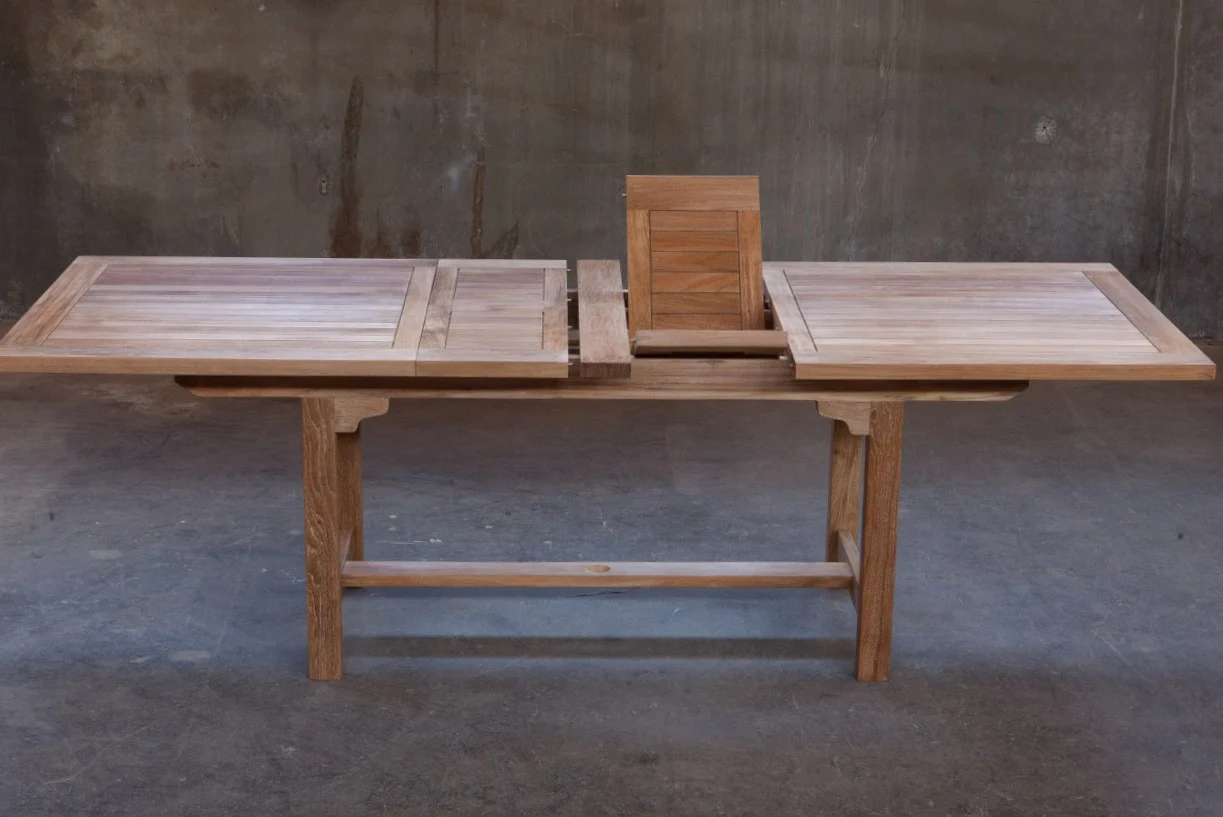
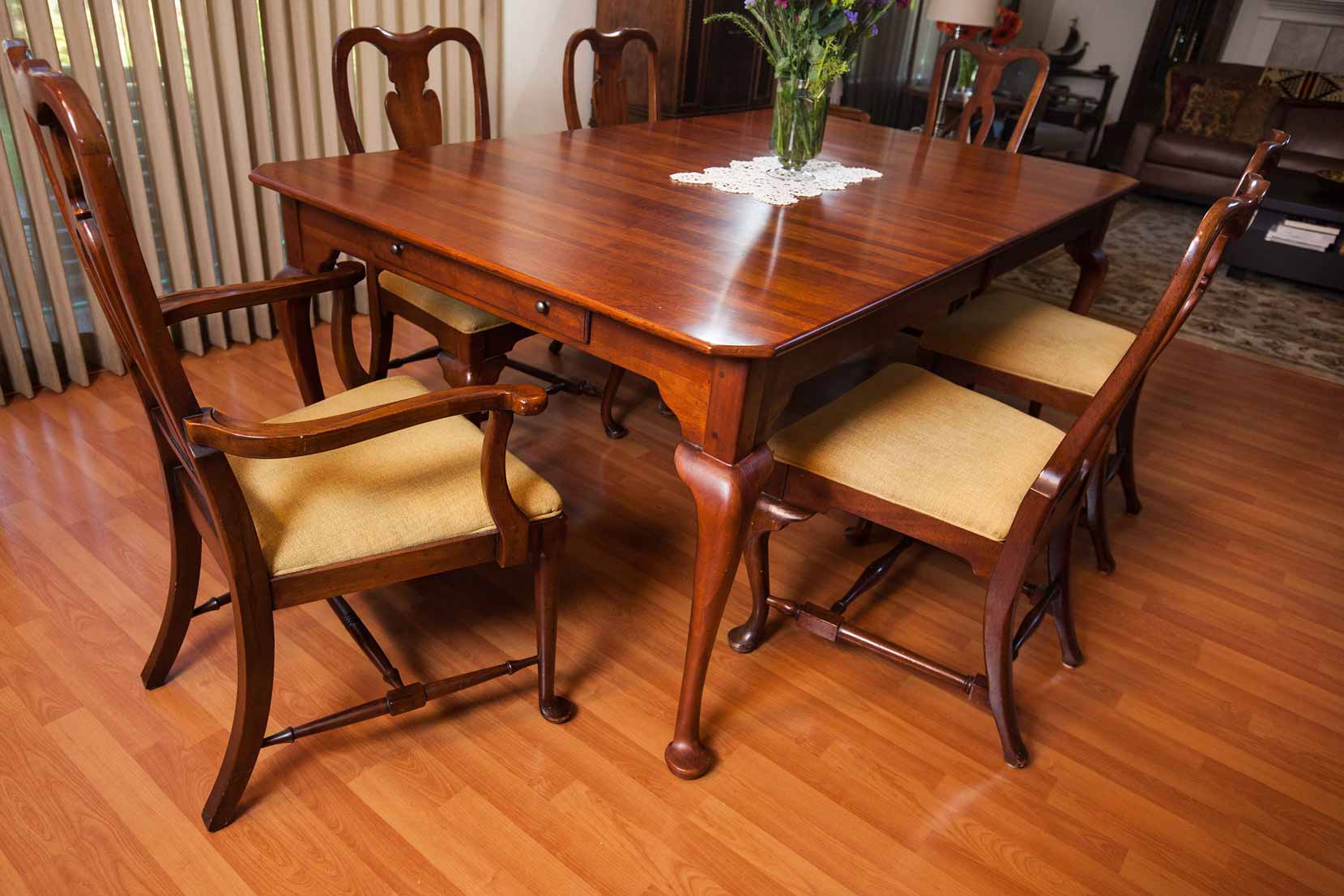
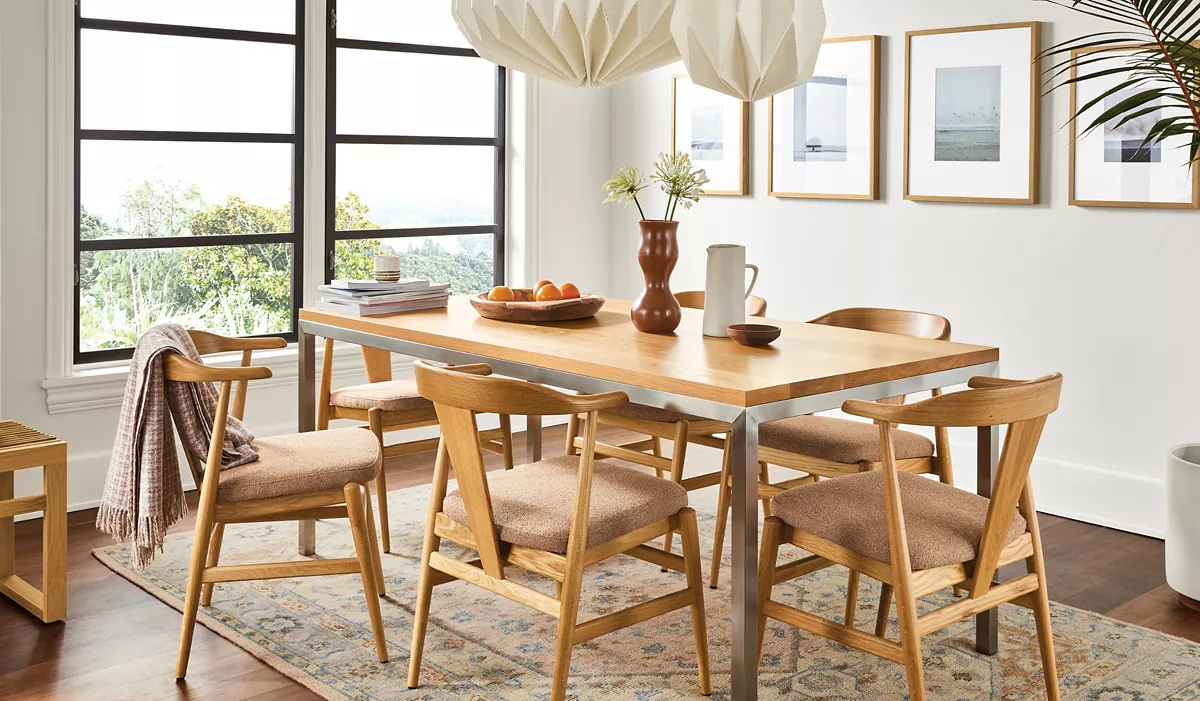
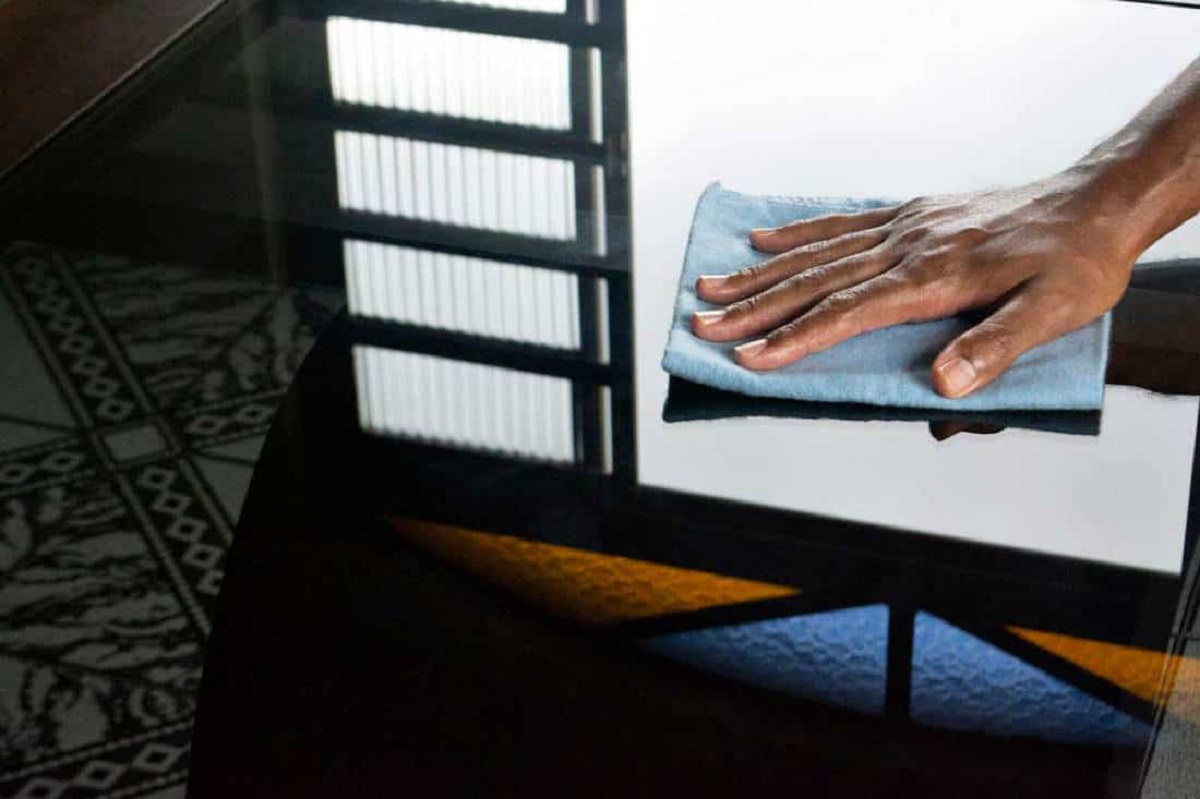
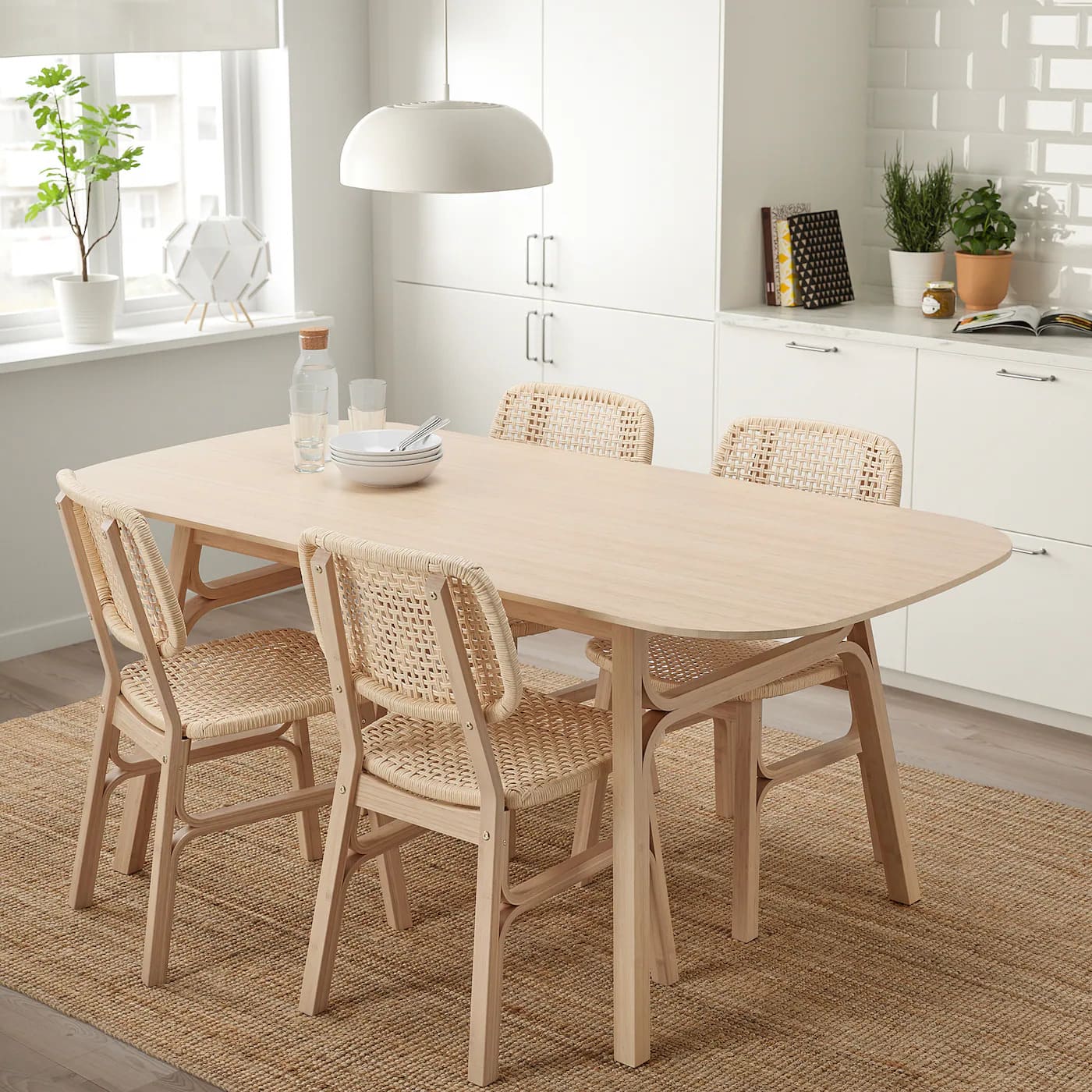


0 thoughts on “How To Stage A Dining Table”